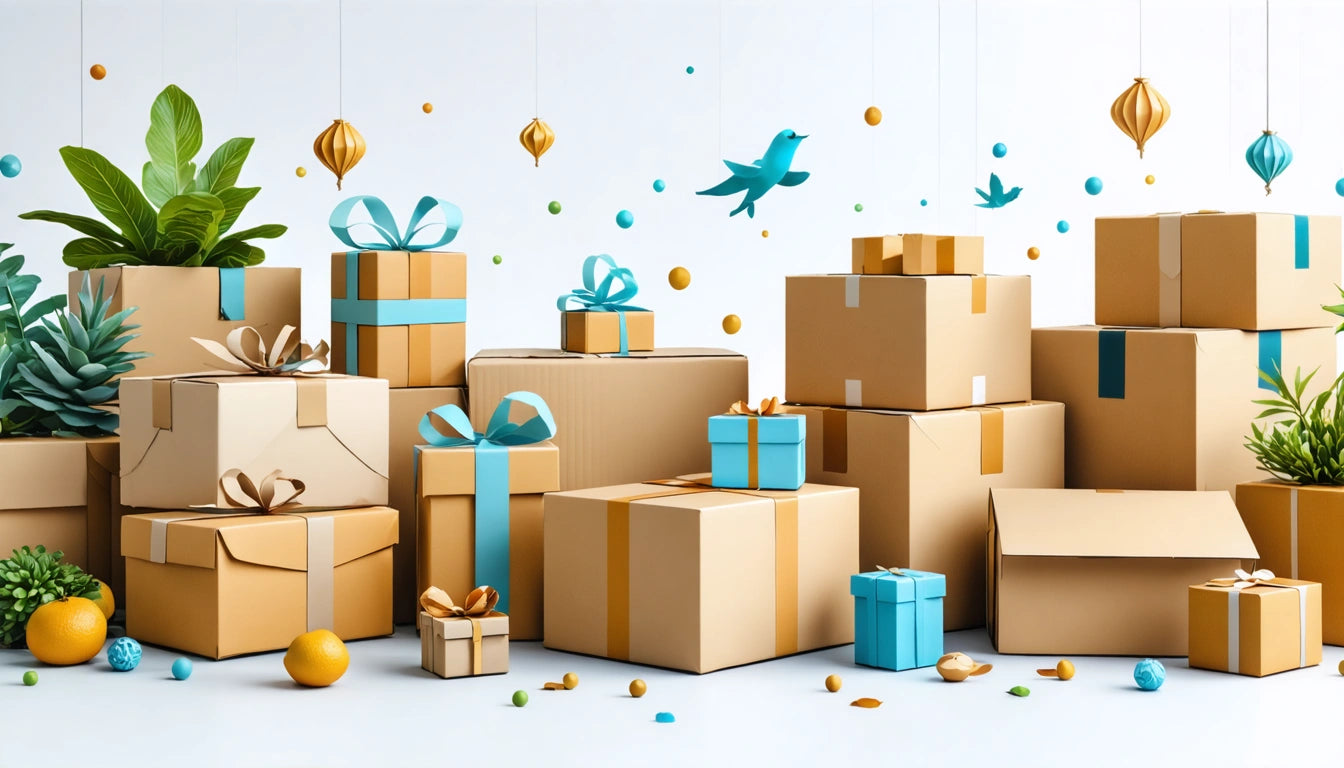Packaging That Builds Trust in Online Sales
In e-commerce, where customers cannot physically interact with products before purchase, packaging serves as a crucial trust signal. Effective packaging bridges the gap between digital browsing and physical ownership, communicating brand values and product quality. This guide explores how strategic packaging choices build customer confidence and drive business growth in online sales channels.
Importance of Trust-Building Packaging
Trust-building packaging directly impacts customer retention, reviews, and repurchase rates. According to research on customer retention through packaging, brands that invest in quality packaging see up to 40% higher repeat purchase rates compared to those using standard shipping materials.
When customers receive products in thoughtful, secure packaging, it validates their purchase decision and reinforces brand credibility. This is particularly important for premium products where perceived value must align with price point.
Elements of Trust-Inducing Packaging
Creating packaging that inspires confidence requires attention to several key components that work together to form a cohesive brand experience.
Outer Packaging: First Impressions
The exterior packaging creates the critical first impression. Nailing first impressions with outer packaging involves balancing aesthetics with protection. Clean, branded shipping boxes or mailers signal professionalism before the customer even opens their order.
For businesses concerned with sustainability, using recycled or biodegradable materials for outer packaging communicates environmental responsibility. This alignment of values builds deeper trust with eco-conscious consumers.
Unboxing Experience Design
The unboxing moment has become a pivotal part of the customer journey. Unboxing now serves as a product demonstration, showing customers how much care went into preparing their order.
Strategic elements include:
- Thoughtful product arrangement
- Custom tissue paper or void fill
- Thank you cards or personalized notes
- Sample products or unexpected gifts
- Easy-to-follow instructions or quick-start guides
These details transform a simple delivery into a memorable brand interaction that customers are eager to share on social media.
Security and Protection Features
Customers need reassurance that their products will arrive intact. For businesses shipping delicate items like glass containers, secure closures and child-resistant features demonstrate attention to safety and product integrity.
Security features that build trust include:
- Tamper-evident seals
- Cushioning appropriate to the product
- Moisture protection when necessary
- Clear labeling of fragile contents
- Tracking information and delivery confirmation
Measuring Packaging Impact on Trust
To quantify how packaging influences customer trust, monitor these key metrics:
- Unboxing mentions in reviews and social media
- Packaging-specific feedback in customer surveys
- Return rates with reasons related to packaging expectations
- Repeat purchase behavior following packaging improvements
According to studies on packaging's influence on reviews, products with premium packaging receive 30% more positive mentions in online reviews compared to identical products in standard packaging.
Reducing Returns Through Strategic Packaging
Returns represent a significant cost for e-commerce businesses. Strategic packaging can dramatically reduce return rates by setting accurate expectations and ensuring products arrive in perfect condition.
Better packaging directly correlates with fewer returns through several mechanisms:
- Accurate product representation (no disappointment upon opening)
- Superior protection during transit (fewer damaged items)
- Clear usage instructions (reduced user error)
- Perceived value alignment (less buyer's remorse)
For businesses looking to optimize their return process, return-ready packaging provides customers with an easy way to send items back if needed, further building trust in the purchasing process.
Strategic Packaging Investments for Future Growth
As e-commerce continues to evolve, packaging investments should focus on adaptability and scalability. The most successful online brands view packaging as a strategic asset rather than a logistical necessity.
Forward-thinking approaches include:
- Developing packaging systems that grow with your product line
- Investing in semi-custom solutions that balance brand identity with cost efficiency
- Creating packaging that performs well in automated fulfillment environments
- Building relationships with suppliers who can scale with your business
As industry experts note, e-commerce packaging that goes beyond basic functionality creates emotional connections that drive long-term customer loyalty and word-of-mouth marketing.
By treating packaging as an extension of your product experience rather than an afterthought, you transform a utilitarian necessity into a powerful tool for building trust, reducing returns, and creating brand advocates in the competitive online marketplace.











Leave a comment
All comments are moderated before being published.
This site is protected by hCaptcha and the hCaptcha Privacy Policy and Terms of Service apply.